Places to Visit
Dagshai Jail Museum’s
DARK SECRETS REVEALED
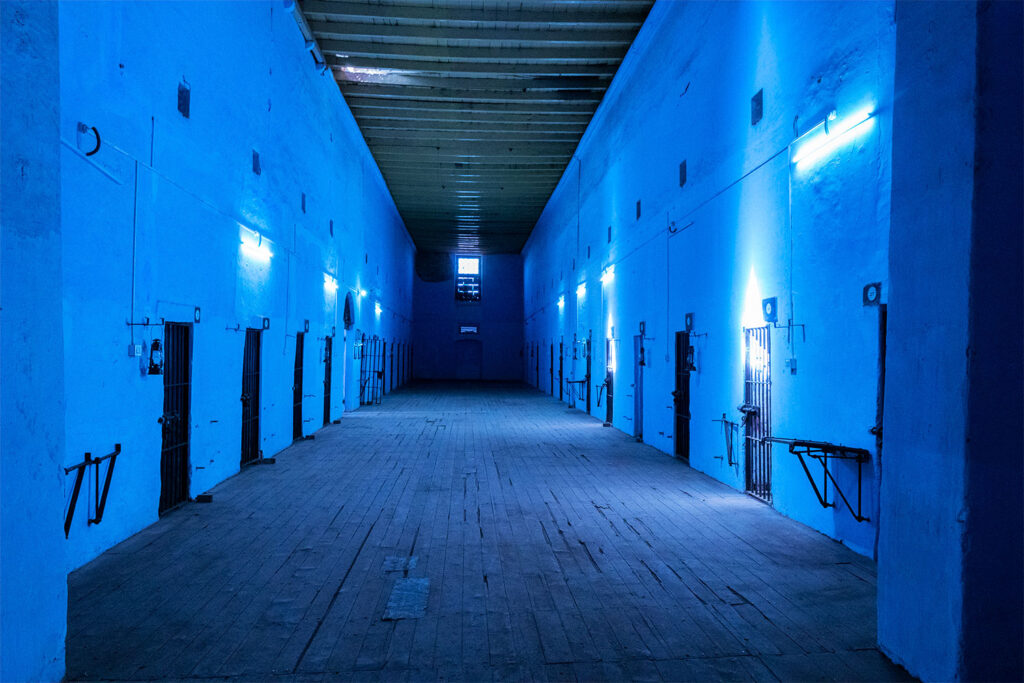
Take a tour inside the historic no-escape Dagshai jail, now called Dagshai jail museum, with its creator and curator Anand Sethi…
Dagshai Central Jail and Museum: All Dark Secrets Revealed by Museum Creator Anand Sethi | Video
The dark and dingy cells of Dagshai jail can still trigger anxiety.
I realized this while standing in the dimly-lit corridor, with prisoner cells on both sides, of this more than 170-year-old cold brick-and-stone structure. As I looked inside the tiny cells, with barely enough space for a prisoner to take more than four or five short steps, and thought of all those who were kept and tortured here, a momentary chill ran up over me.
“It was no ordinary jail. It was built as a no-escape prison by the Britishers. And no prisoner could ever escape this jail,” said Anand Sethi, the man behind saving this historic jail and converting it into a museum from a military dumpyard.
Mr Sethi was ahead of me, explaining and revealing each and every secret this place has ever held.
This jail was built at a cost of Rs 72,873 in 1849 under the engineering supervision of Robert Napier, less than two years after Dagshai was founded as a cantonment by the Britishers in 1847. Napier had decided to build a jail on this particular spot where it is today after noticing that the northern side of the Dagshai hill had a steep escarpment.
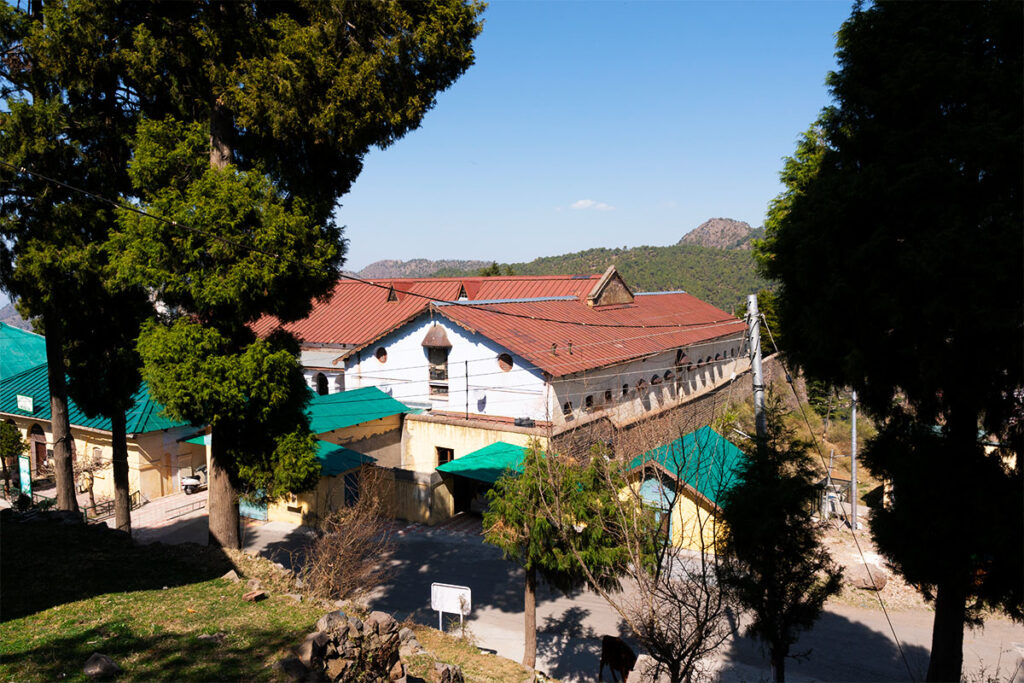
In the following years and decades, the jail earned itself a notorious reputation of being a hell for inmates as political prisoners were imprisoned and tortured here. Some of the prominent people including Irish revolutionary leader James Daly, leaders of Komagata Maru leaders, Boer war POWs, and Nathuram Godse, Mahatma Gandhi assassin, were kept here.
“It’s a T-shaped jail with high ceilings and low floorings. The idea was that any movement by prisoners could easily be heard by the guards,” said Mr Sethi as he went on to explain the designs of the jail doors and cells.
54 Cells
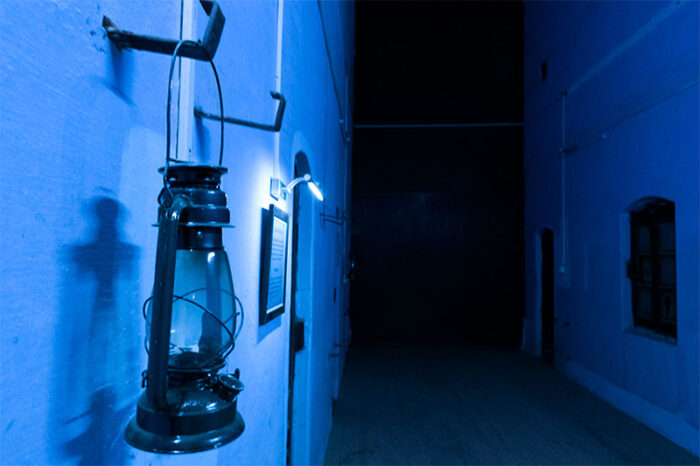
You can enter the jail through any one of the only three main entrance doors. Inside, there are total 54 cells, 27 in the vertical plain and the rest 27 in the horizontal plain. The cells are designed in a way that cuts most light and air.
Each cell has an area of 8×12 feet and a height of nearly 20 feet. For ventilation, each cell has a 1×2 feet window that lets in minimum amount of air. There are also underground vents that draw air from a pipeline with an opening in the outer wall of the jail.
The flooring is made of teak wood and the gates of each cell are made of cast iron alloy, making it near impossible to cut them. Out of the 54 cells, 16 cells were solitary confinement cells where prisoners were kept in pitch dark and without food for days. Lanterns were used for illumination.
Bread & Water punishment
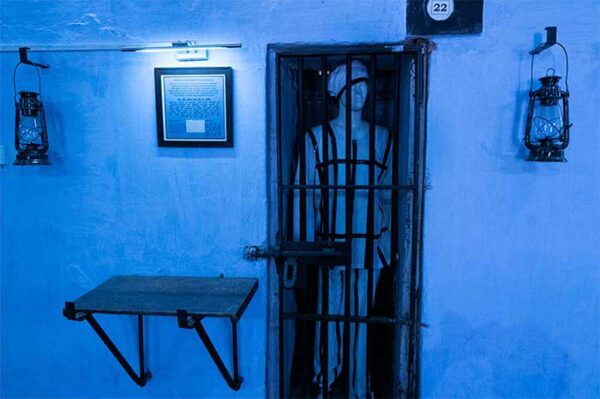
The jail authorities would find newer methods, as they always do, to punish prisoners. In the Dagshai jail, prisoners were ‘disciplined’ by giving them bread and water punishment. Under this punishment, a prisoner was made to stand still in a small gap between the cell door and the outer iron grills and given only bread and water. This gap is so small that anyone standing can’t even move or stretch arms.
“I came to know about this when I was working on creating this museum. I was contacted by Alan Read, a British citizen, who told me that his father had remained a prisoner here. Later, he shared some jail records of his grandfather and from there I came to know about the ‘Bread and Water’ punishment. Apparently, Alan’s grandfather had received most such punishments when he was imprisoned here,” said Mr Sethi.
“Before Britishers started imprisoning our freedom fighters, they used to keep political prisoners here. I guess he was one of such prisoners,” added Mr Sethi explaining.
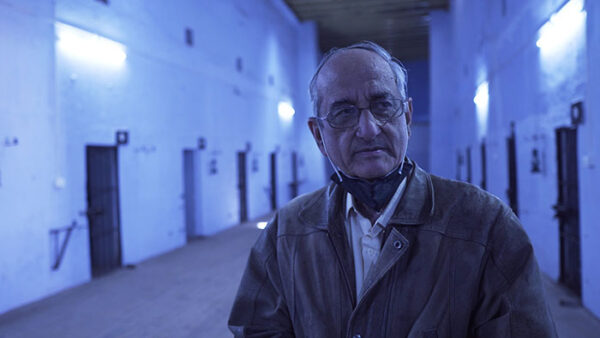
T&P (Torture and Punishment) cell
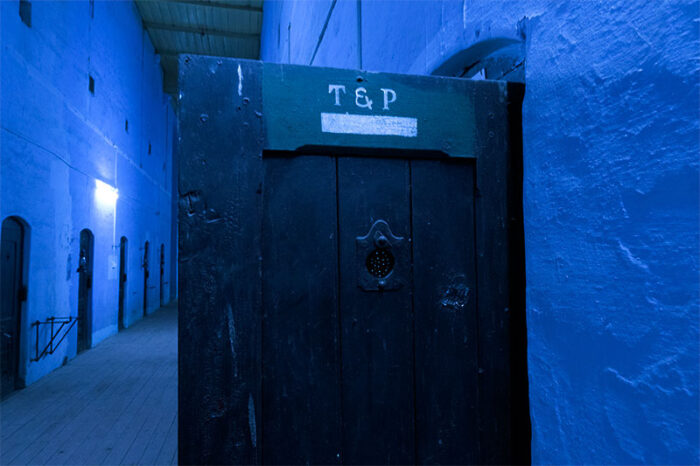
There is one cell, which has T&P written in bold on its door. When Sethi first spotted T&P, it took him a while to understand the meaning of the acronyms.
“I had an idea but after some research it was confirmed that the initials T&P stood for Torture and Punishment,” said Mr Sethi. Inside this cell, which has two ‘rooms’ attached to it, there are still chains hanging from a wall which were used to tie the prisoners with before they were tortured.
“The political prisoners and later others like the Komagata Maru leaders or freedom fighters were tortured in this very cell. The instruments of tortures are no longer here. There are just some iron chains left,” said Mr Sethi. The chains and cuffs were made in the jail complex only in a black smithy shop Sethi had discovered while working on developing the museum.
The execution of James Daly

Dagshai jail’s notoriety hit its peak in 1920 when James Daly, a private from the 1st battalion of Connaught Rangers, was executed here. Mr Daly was shot dead for being part of the mutiny by the Connaught Rangers in support of Irish independence movement. Of the 88 men, who had revolted, 77 were sentenced to imprisonment and only Daly, the leader, was shot dead.
The VIP cell where Mahatma Gandhi spent a night
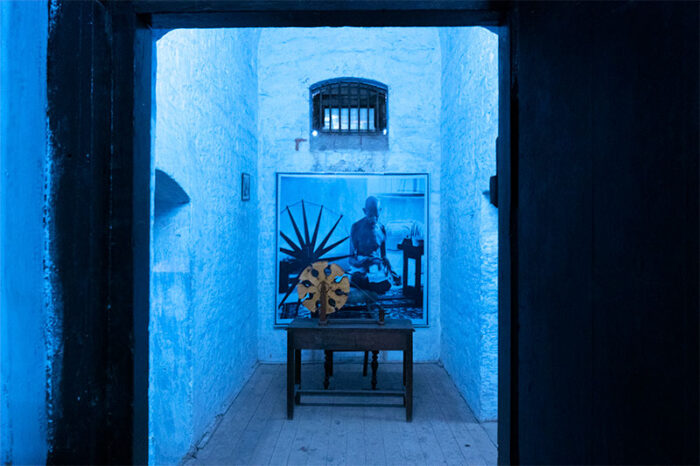
There is only one cell in this entire jail which has a fire place, an adjoining ‘room,’ and a door that can take you outside. This cell is now called a ‘VIP cell’ and according to Sethi, Mahatma Gandhi had spent a night here to show his solidarity with the Irish freedom movement in the days when Irish soldiers of Connaught Rangers had mutinied against the British and were kept prisoners in this jail.
A charkha (spinning wheel) has been kept in this cell in front of a large photograph of Gandhi on a wall. Many years later, the killer of Mahatma Gandhi would be imprisoned in this very jail.
Cell number 6
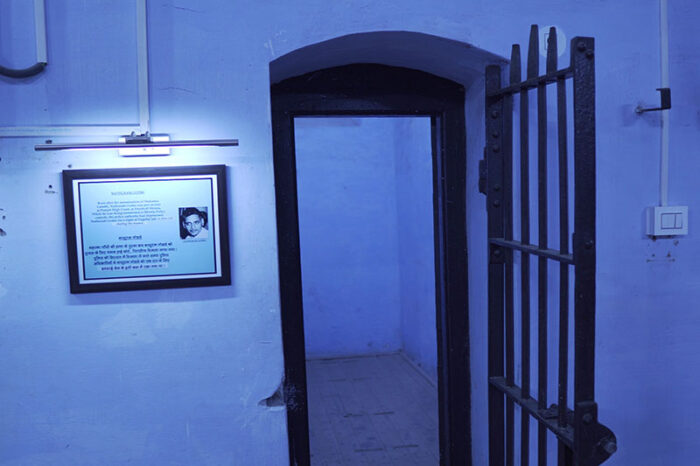
The last known prisoner of this jail — Nathuram Godse, the killer of Mahatma Gandhi — was imprisoned here in cell number 6. Godse was kept here before being taken to Shimla for his trail there.
“This particular cell housed Godse, the last known occupant of this jail.
Records show that Godse was brought from Delhi and kept in this jail before he was taken to Shimla for his trial. I know it for a fact that this is true because my nana was one of the two judges, who heard this case,” said Mr Sethi.
Jail exhibits and artefacts
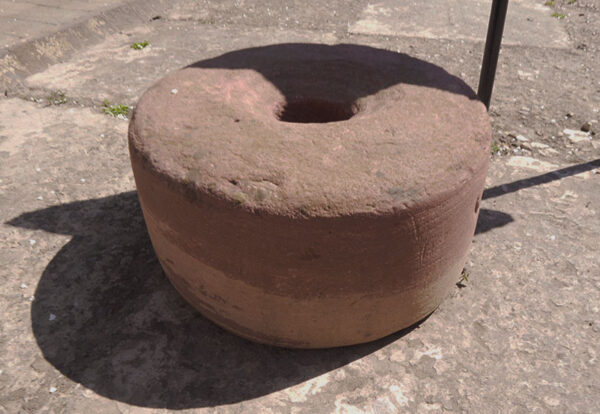
The jail also has exhibits of some of the rarest and old photographs of military troops, Boer war POWs, freedom fighters, Komagata Maru leaders etc which Sethi has managed to procure.
There is also an old clay mortar grinder inside the jail complex. In the 19th century, clay mortar was extensively used for constructing buildings. To prepare clay mortar, grinding stones were used to achieve fine mixture of clay and other components.
There are also British-era benches in the jail complex and ever since Mr Sethi has discovered them, they are taken care of. Also inside the complex is an old fire hydrant. According to Mr Sethi, this fire hydrant was procured from Glenfield & Co, Scotland and installed here in 1865 to provide active fire protection to the jail complex.
“There are fire hydrants in Kasauli also but this one is the oldest. We are keeping it safe here,” he added.



